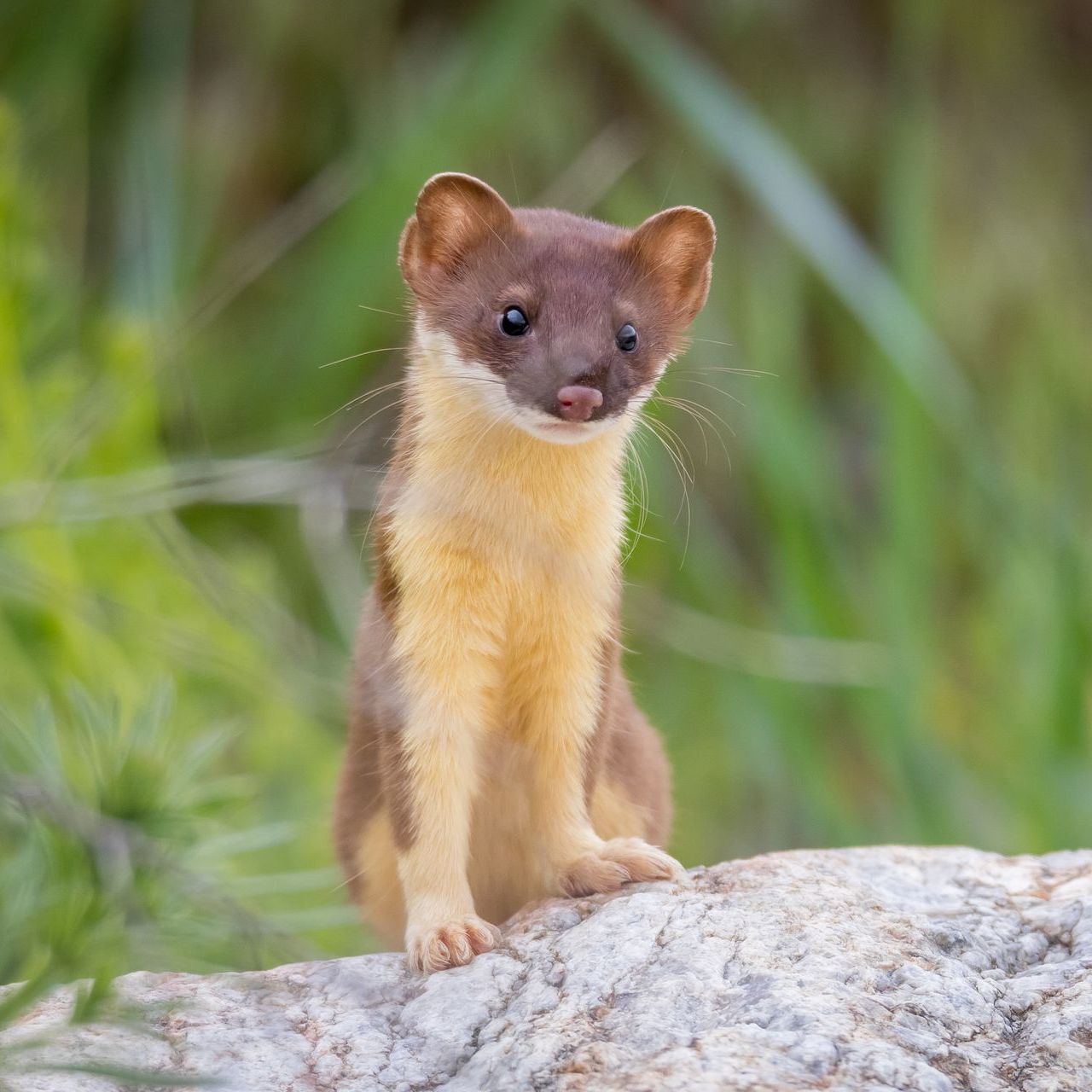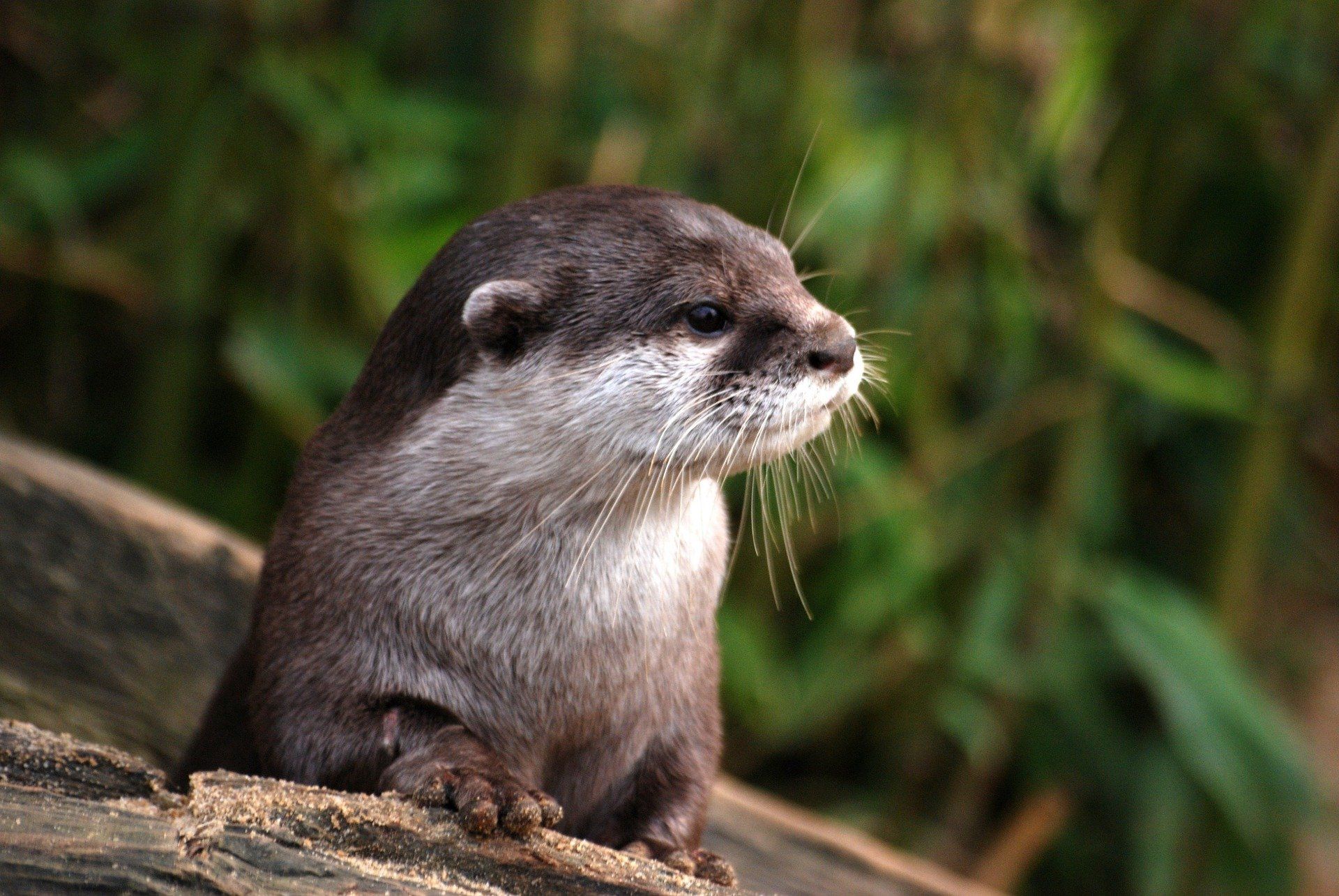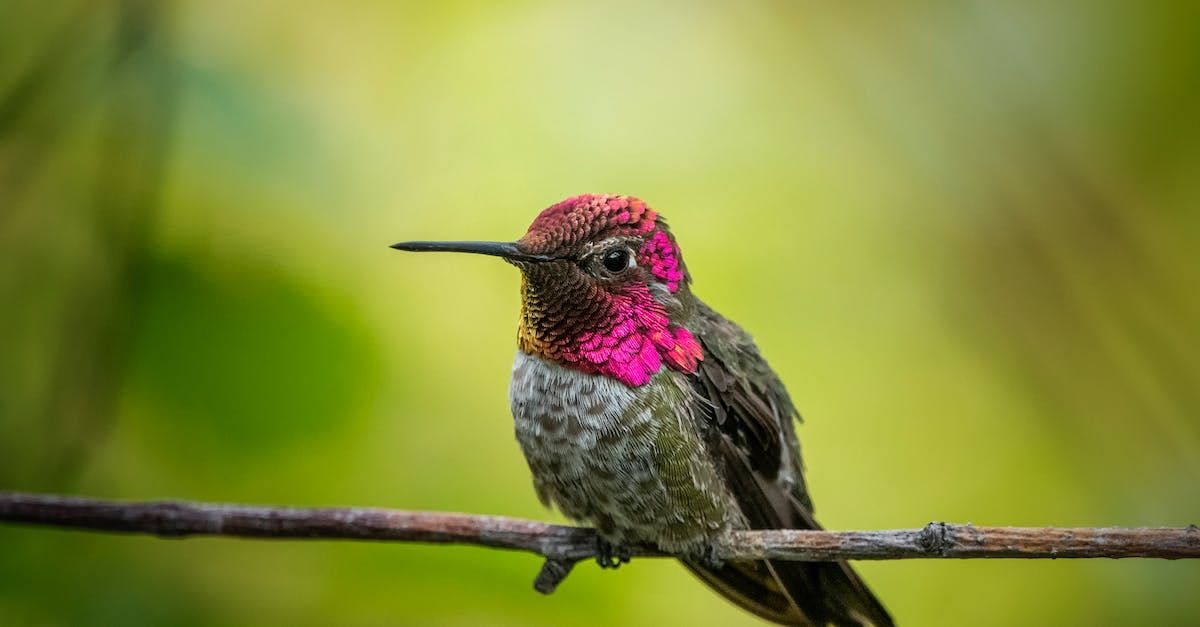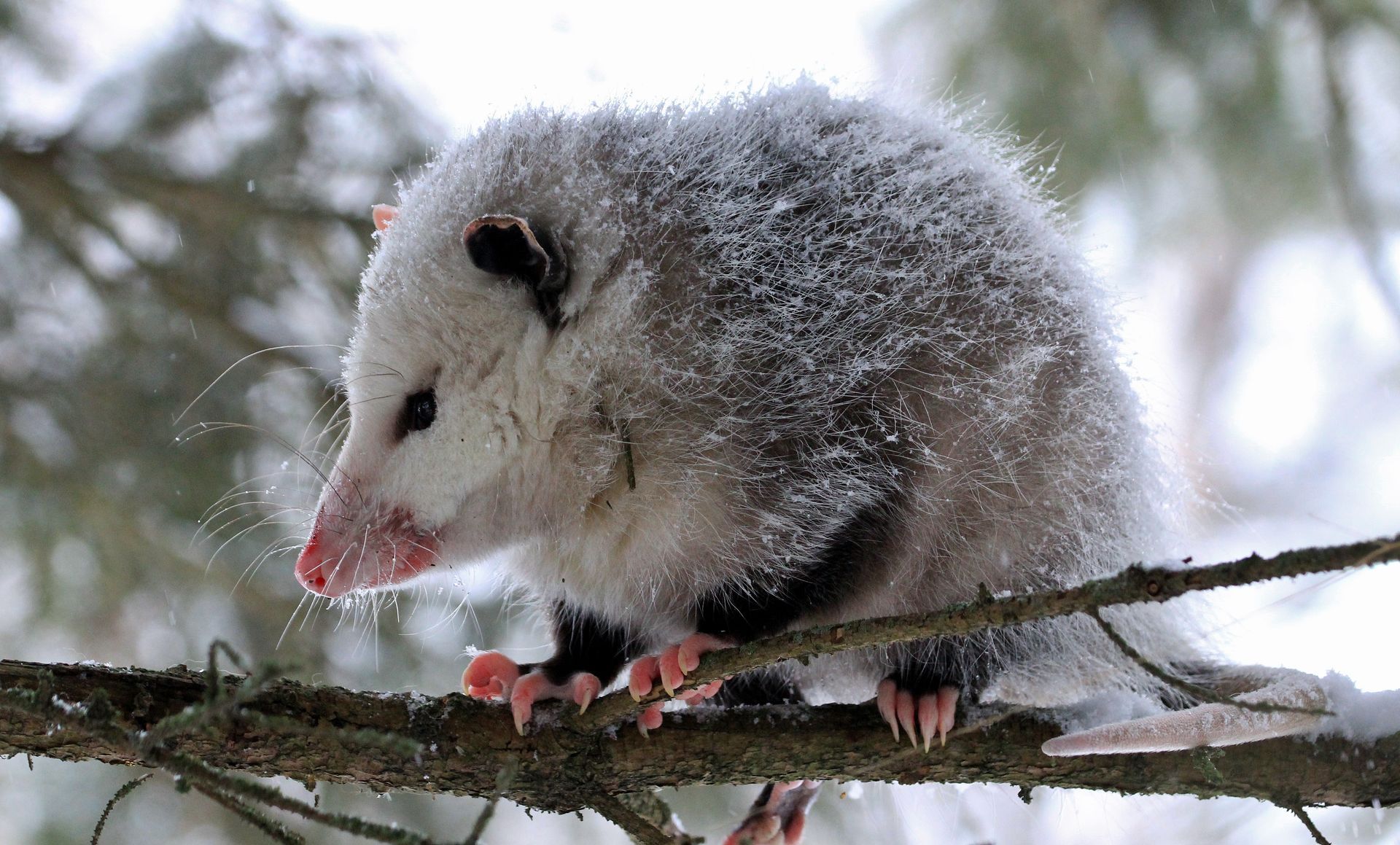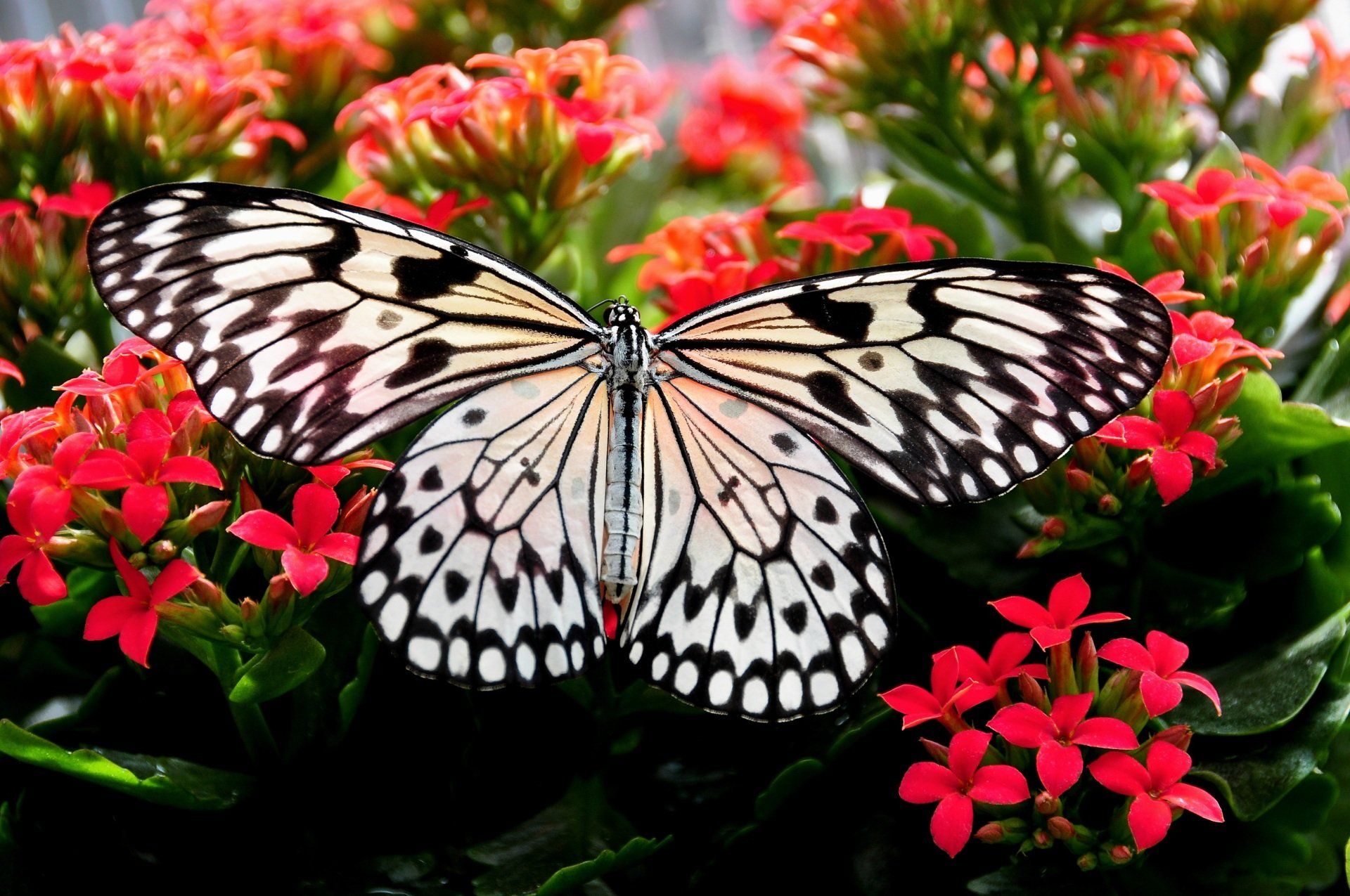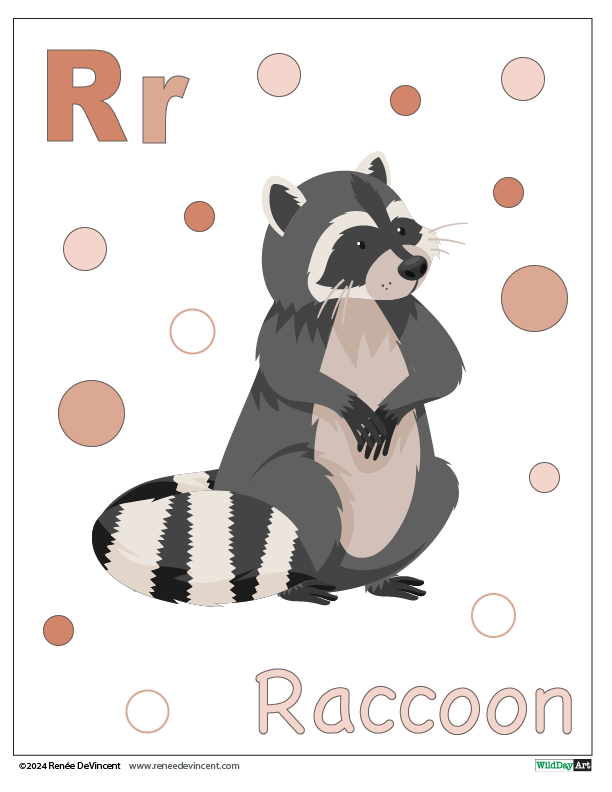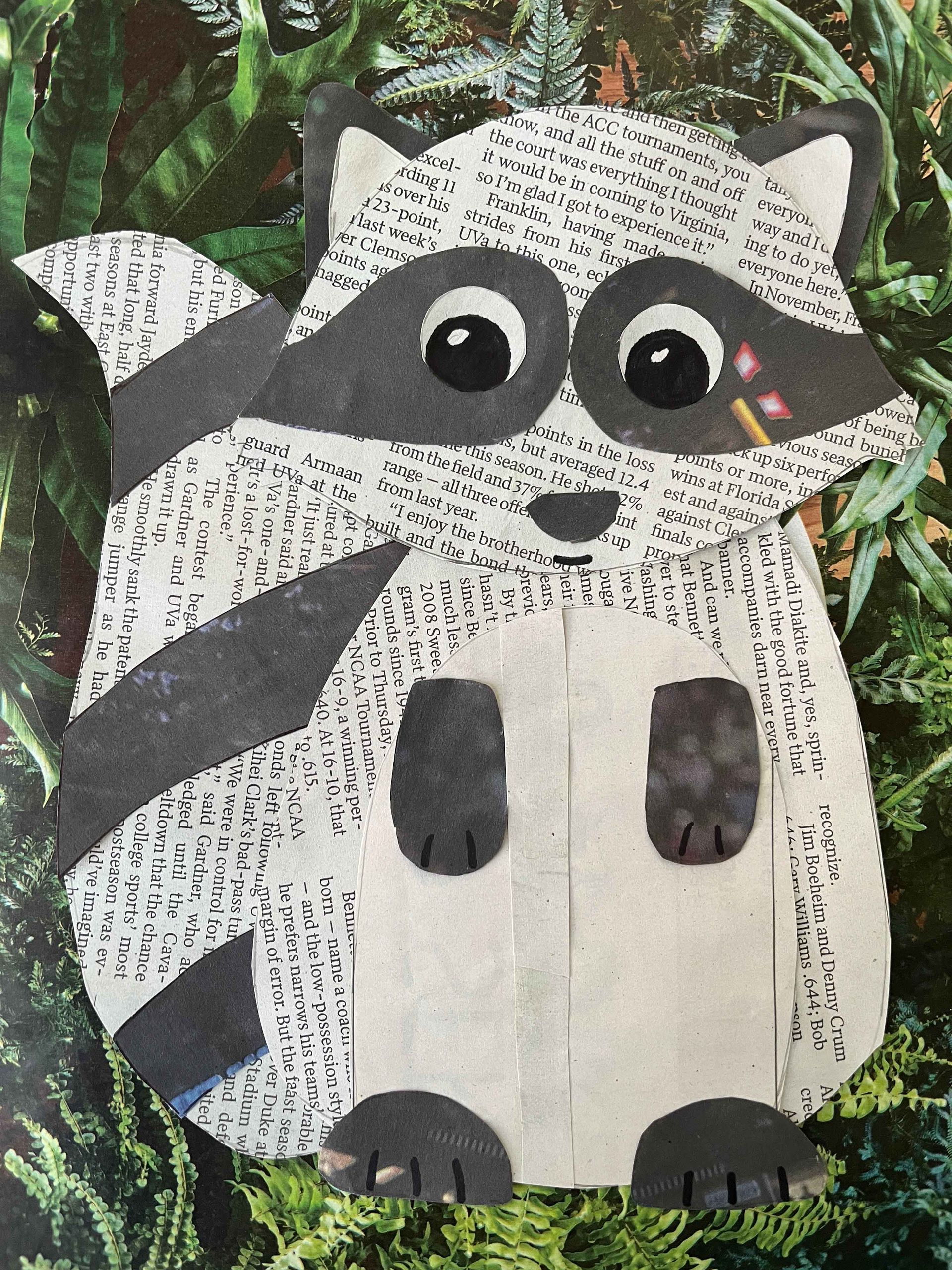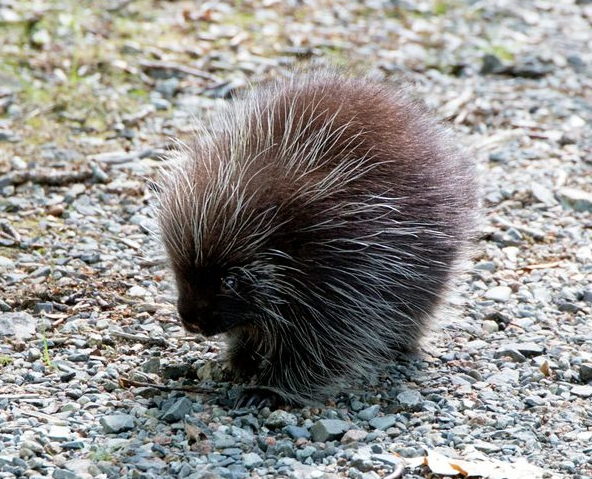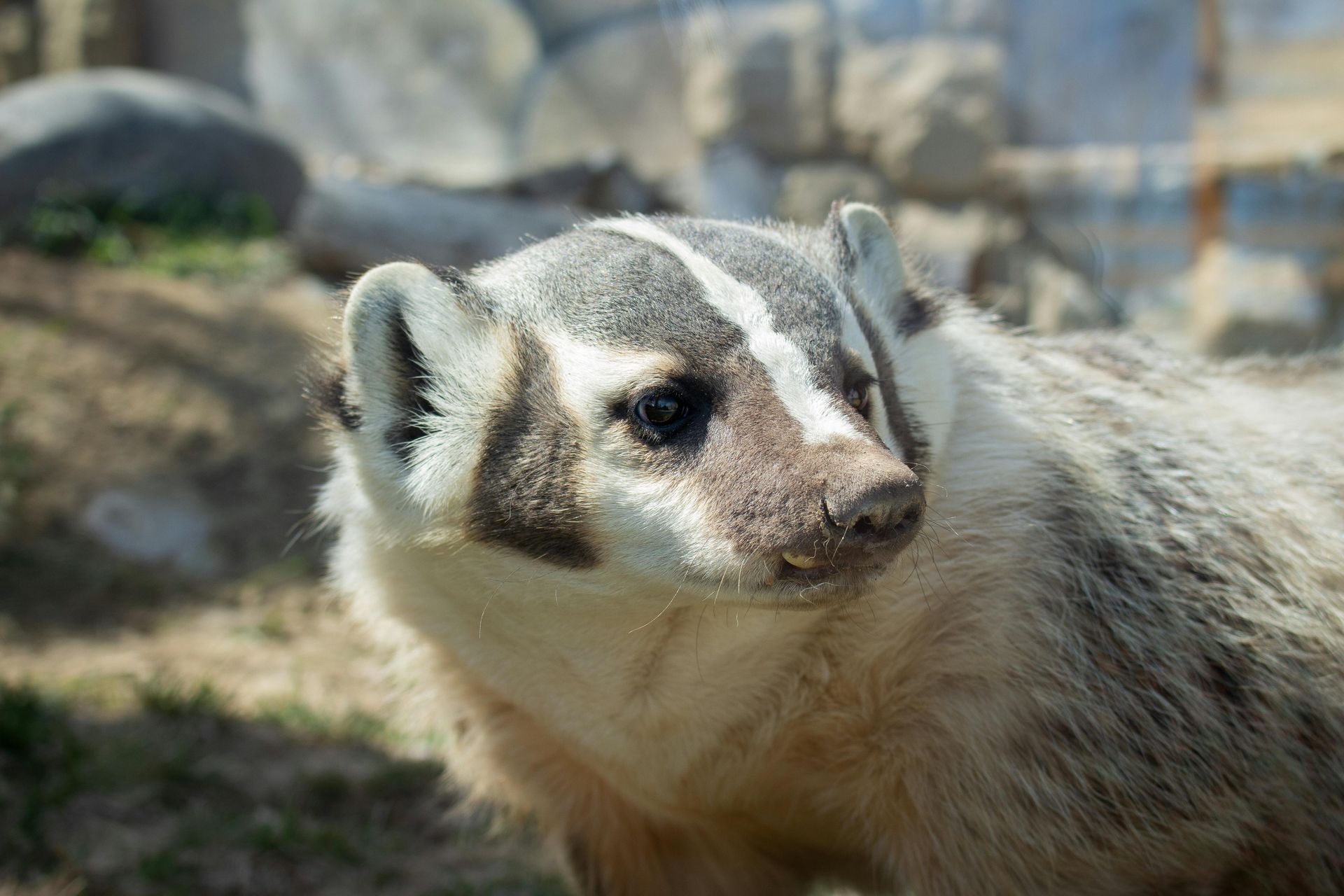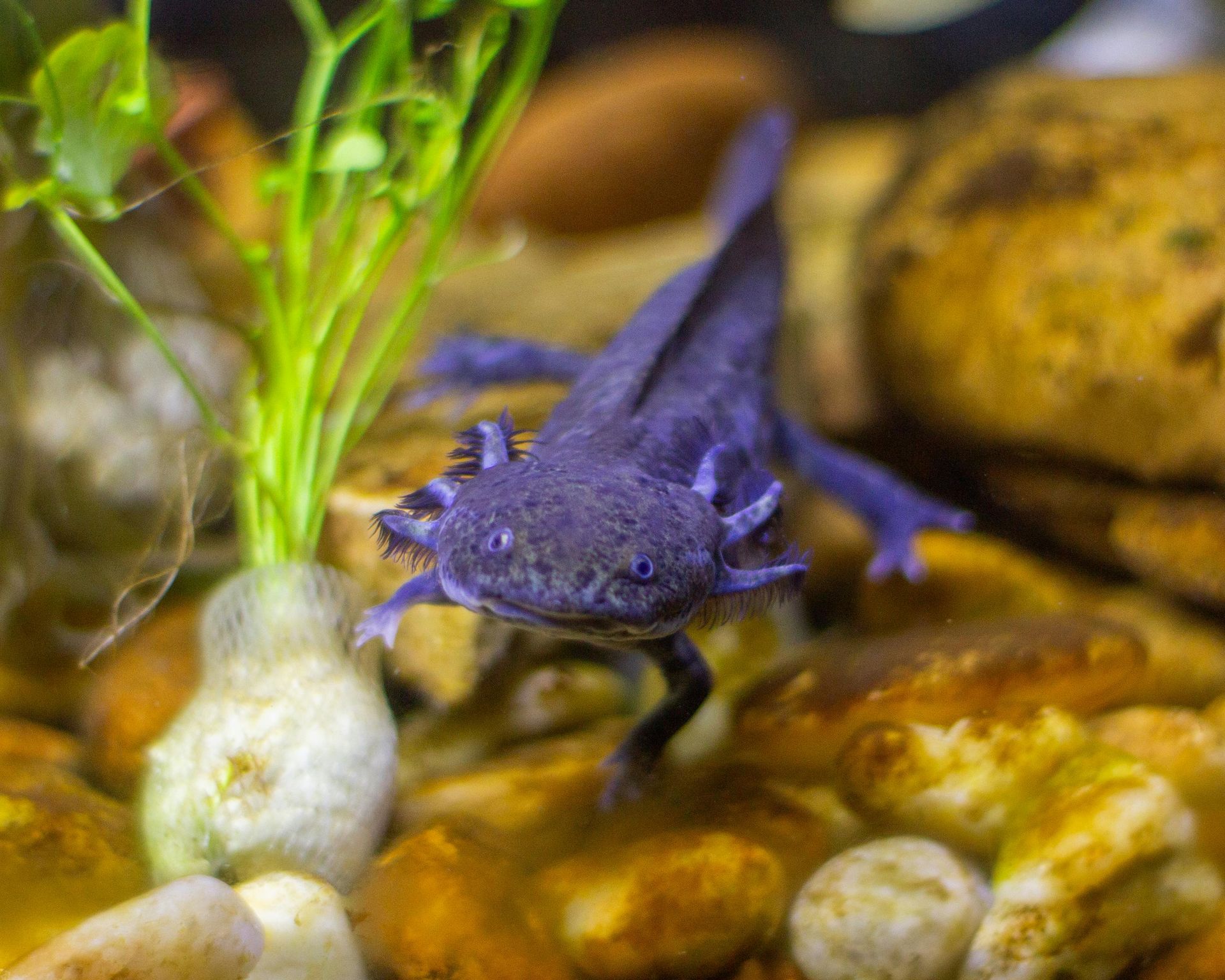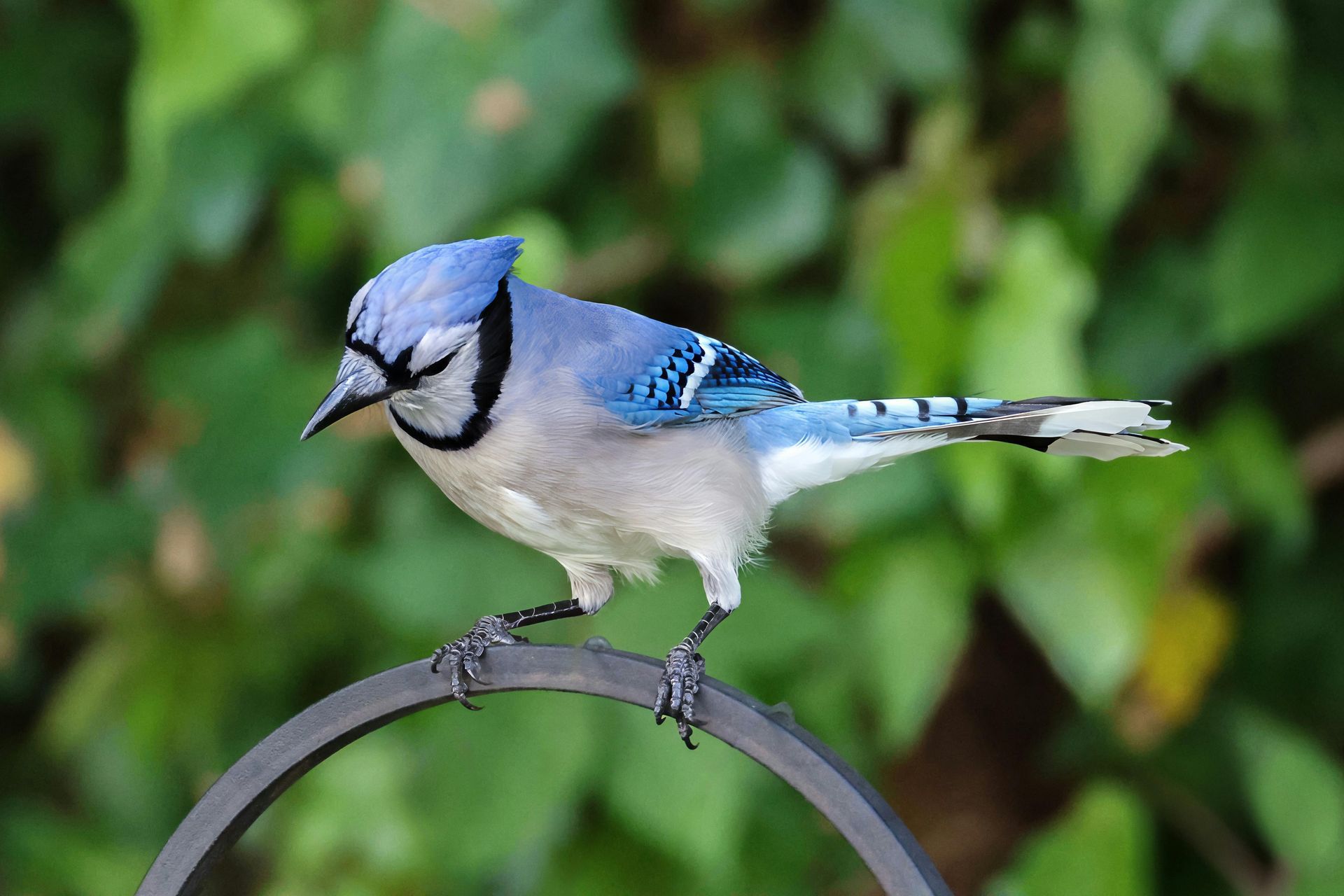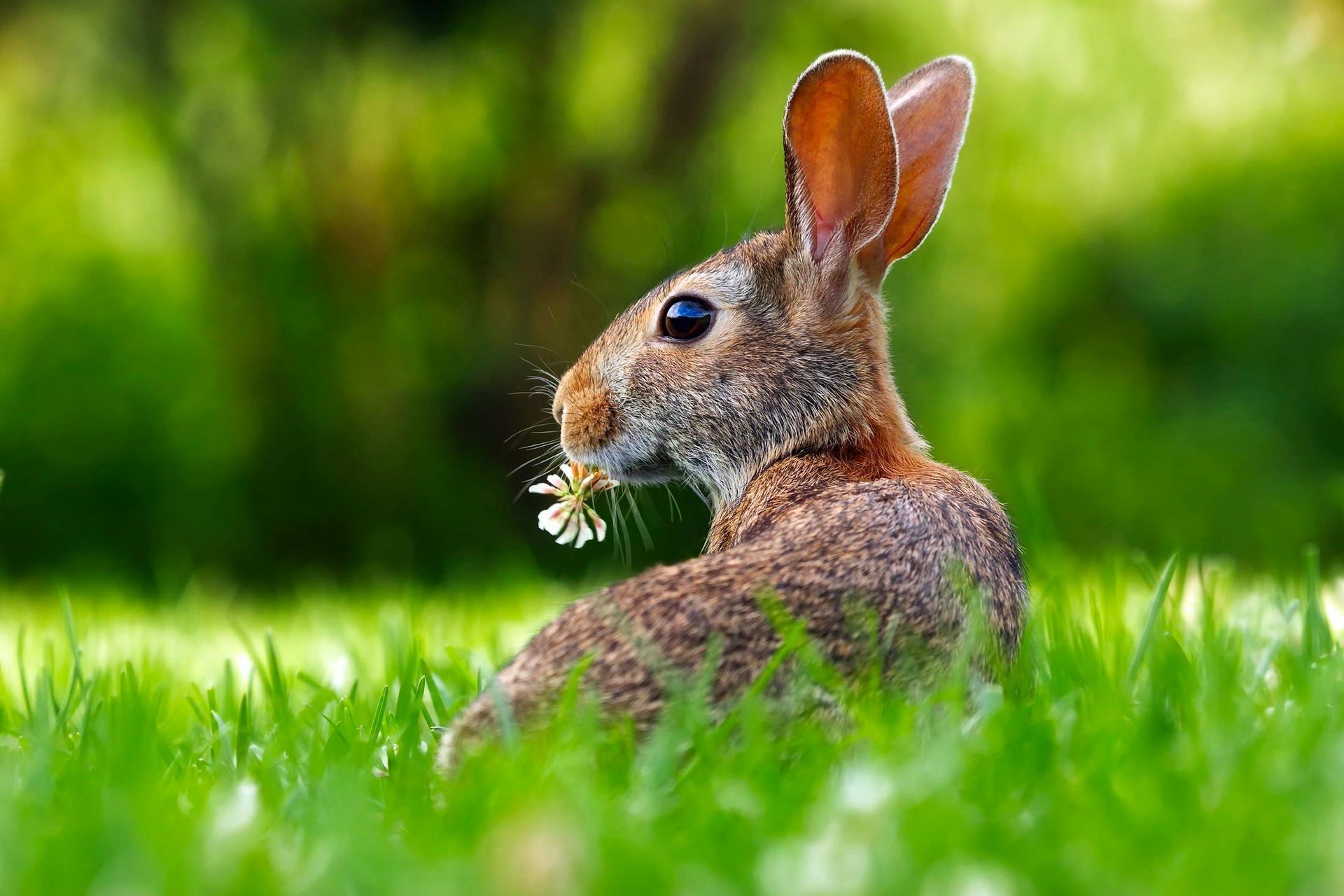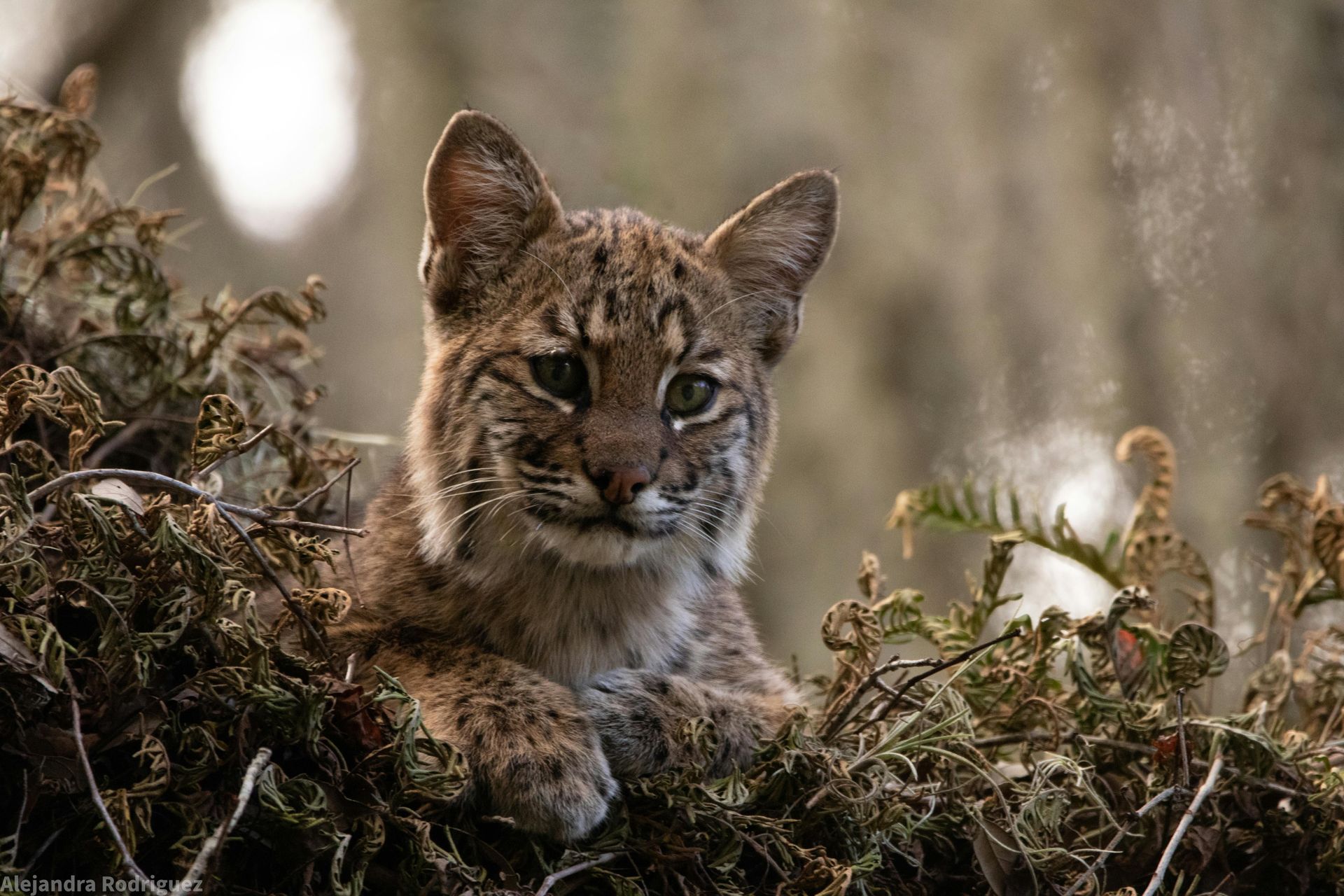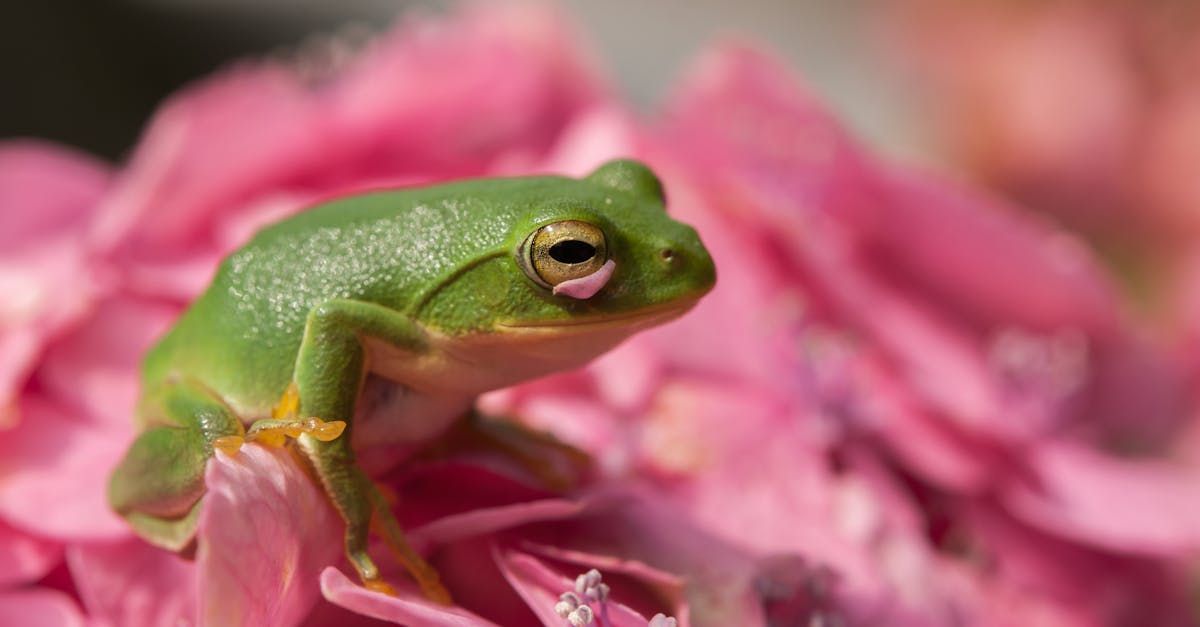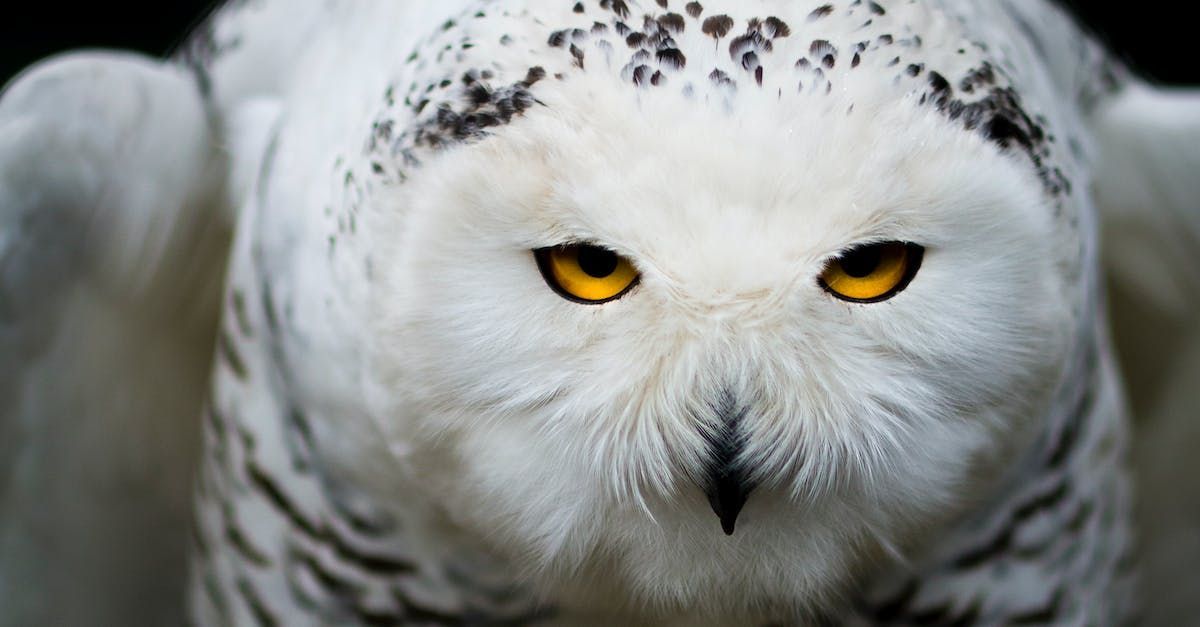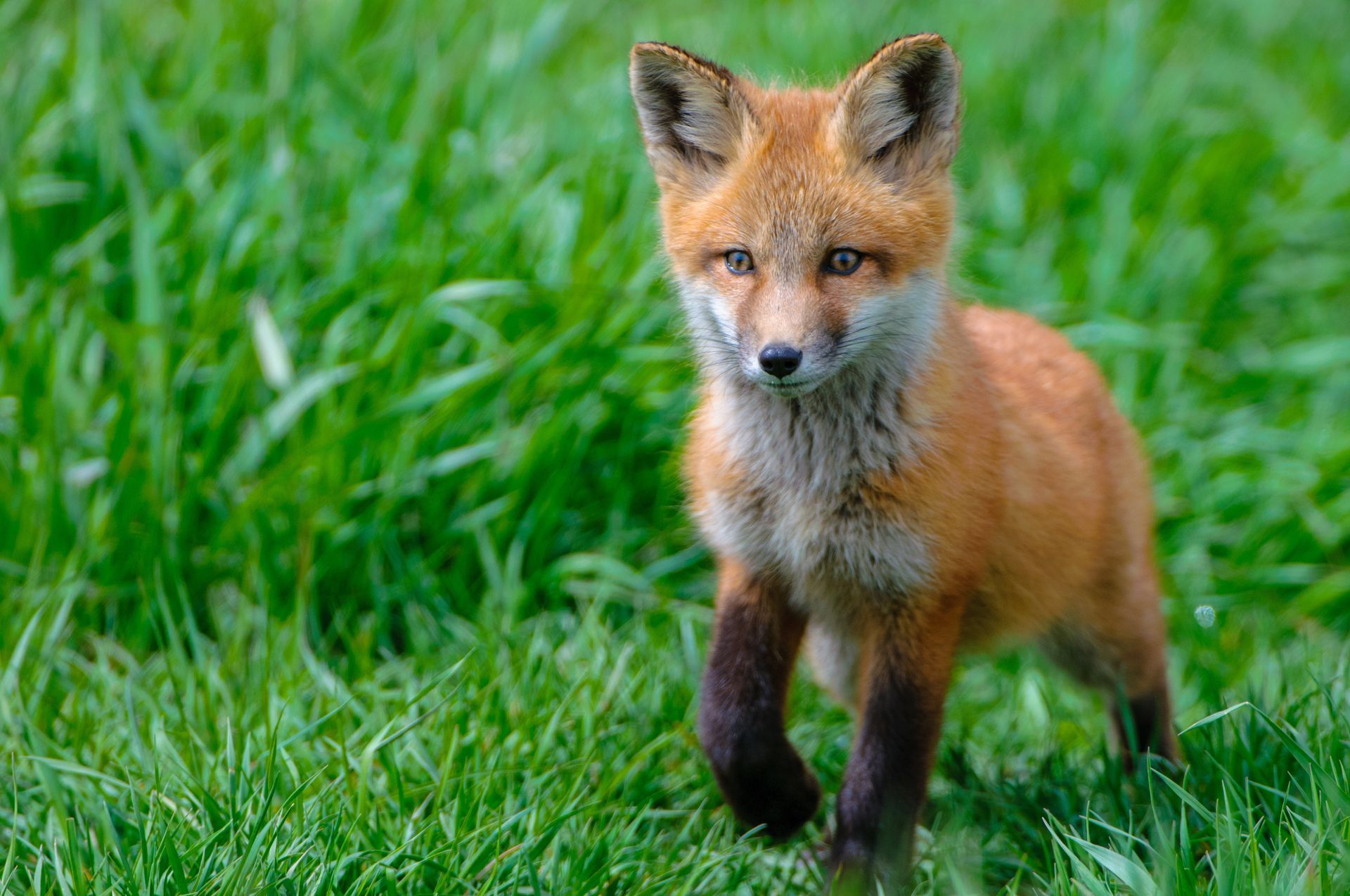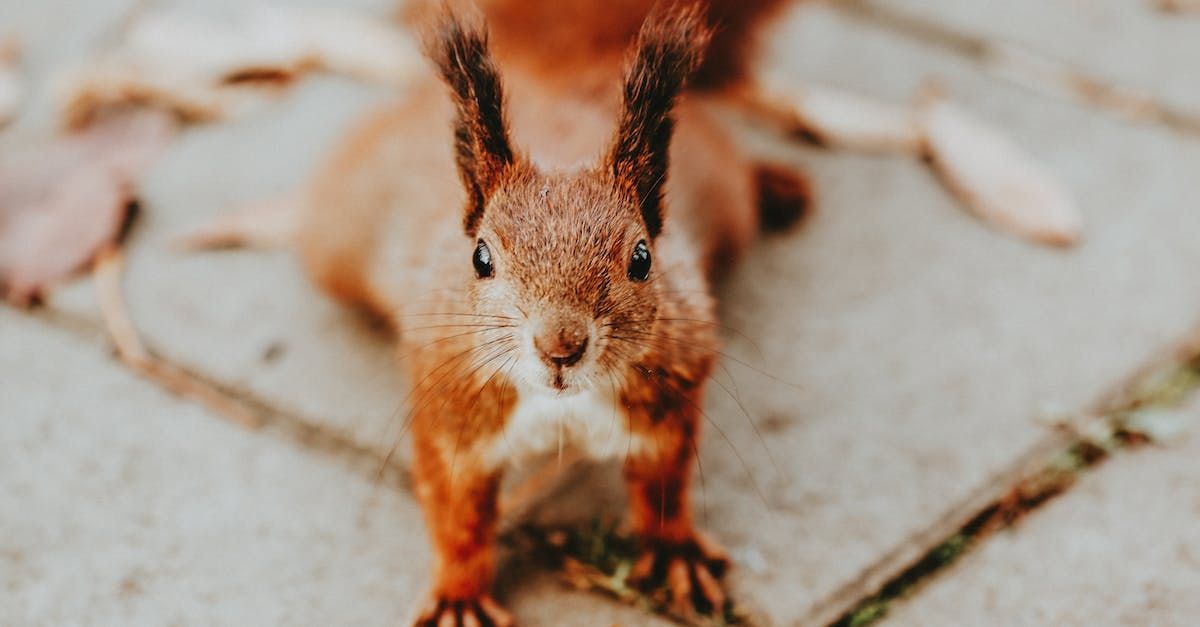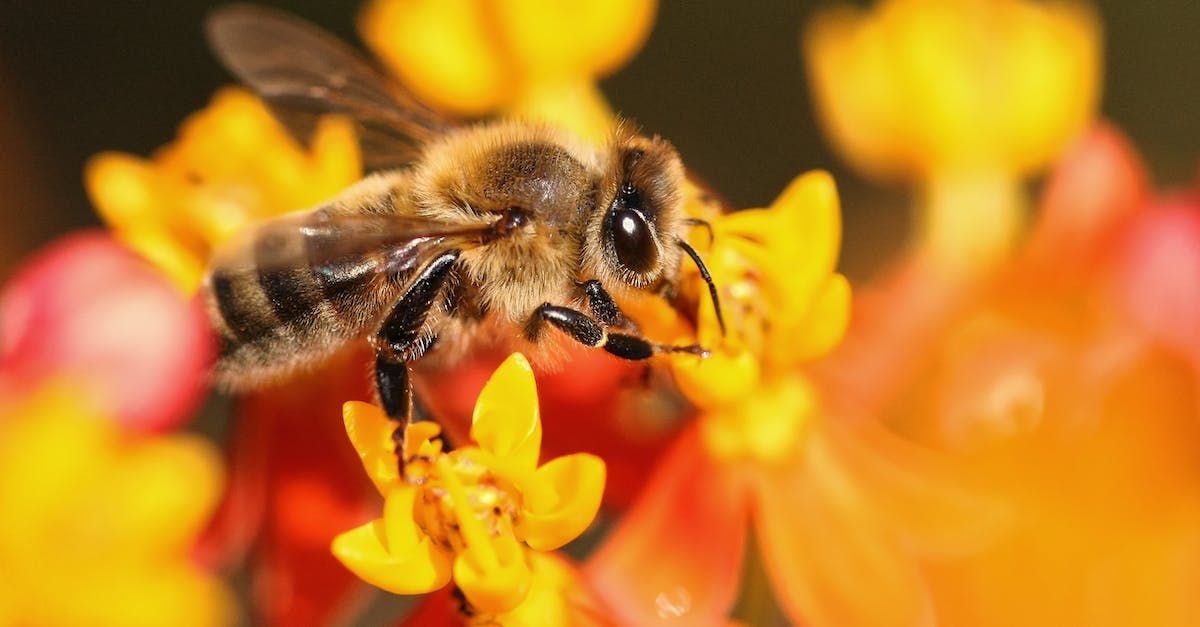Backyard Shenanigans—Meet the Raccoon
Please email or share this article.
Backyard Shenanigans: Meet the Raccoon
April 8, 2024
by Renée DeVincent

From their masked faces to their nimble paws, raccoons captivate our imagination with their unique charm and resourcefulness. Whether foraging for snacks in the moonlight or exploring new territories, raccoons never fail to surprise us with their cleverness and curiosity. Join us as we delve into the secret lives of these clever critters known for their mischievous antics. But first, here are some fun facts that you may not know!
Fun Short Facts About Raccoons 🦝
- A raccoon's black mask helps them see at night and reduces daytime glare.
- They communicate with each other using over 200 sounds.
- Raccoons are quick learners and can figure out complex tasks, such as opening latches or solving puzzles.
- Raccoons are great swimmers and can paddle through water with great skill.
- Baby raccoons are called "kits."
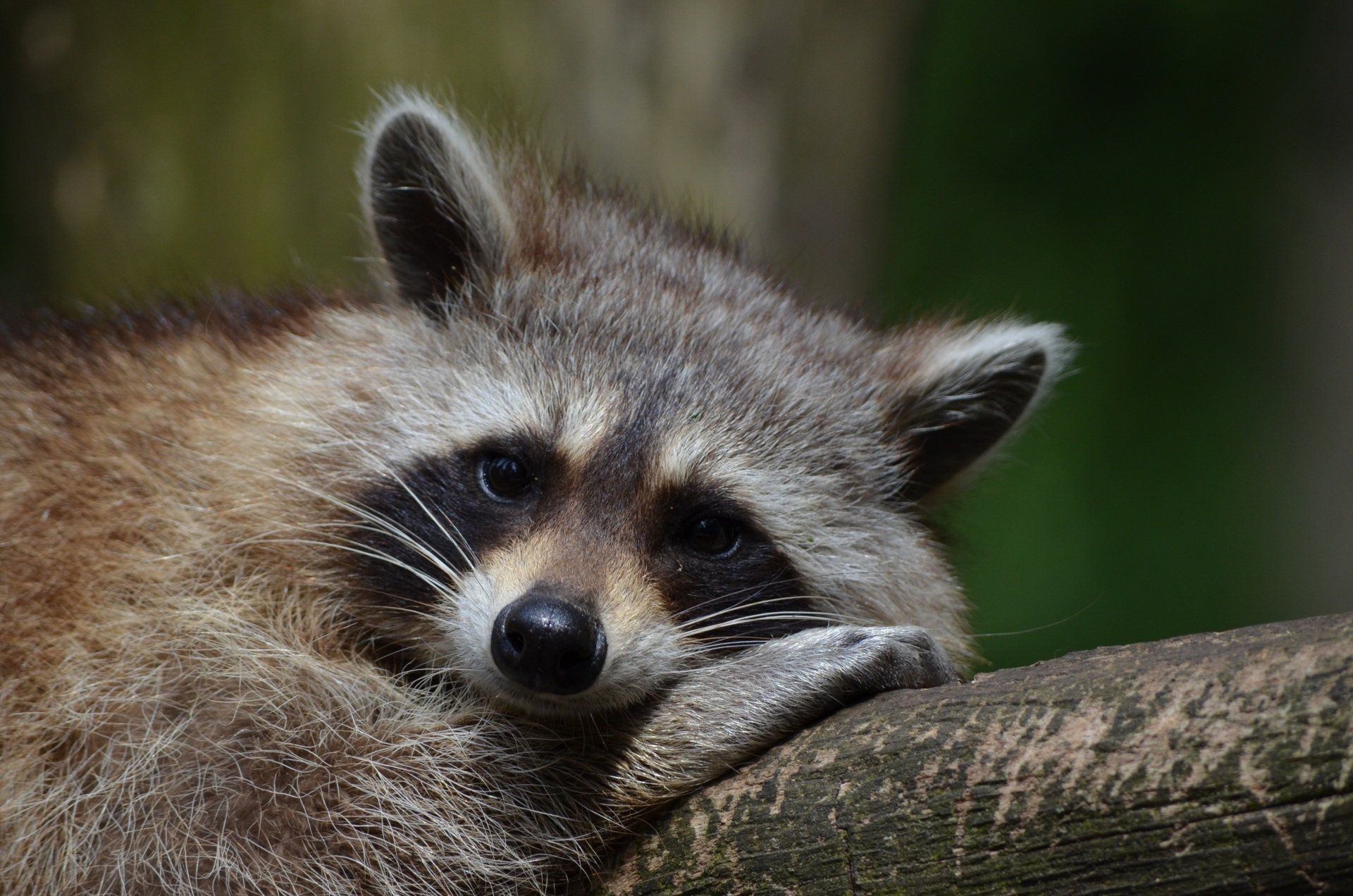
Meet the Raccoon: Natures Clean-up Crew
Raccoons play an important role in nature. Known as seed planters, insect controllers, and nature's cleaning crew, these clever critters are keystone animals. When they are healthy, all other animals and plants in their area are, too. While they may sometimes be considered pests due to their food-seeking habits and interactions with humans, raccoons are fascinating animals worthy of appreciation and respect.
Raccoons are very smart and known for their problem-solving abilities. They are good climbers and excellent swimmers, able to adapt to various habitats, from forests and wetlands to urban areas. Despite their adaptability, raccoons are susceptible to habitat loss, which can lead to conflicts with humans.
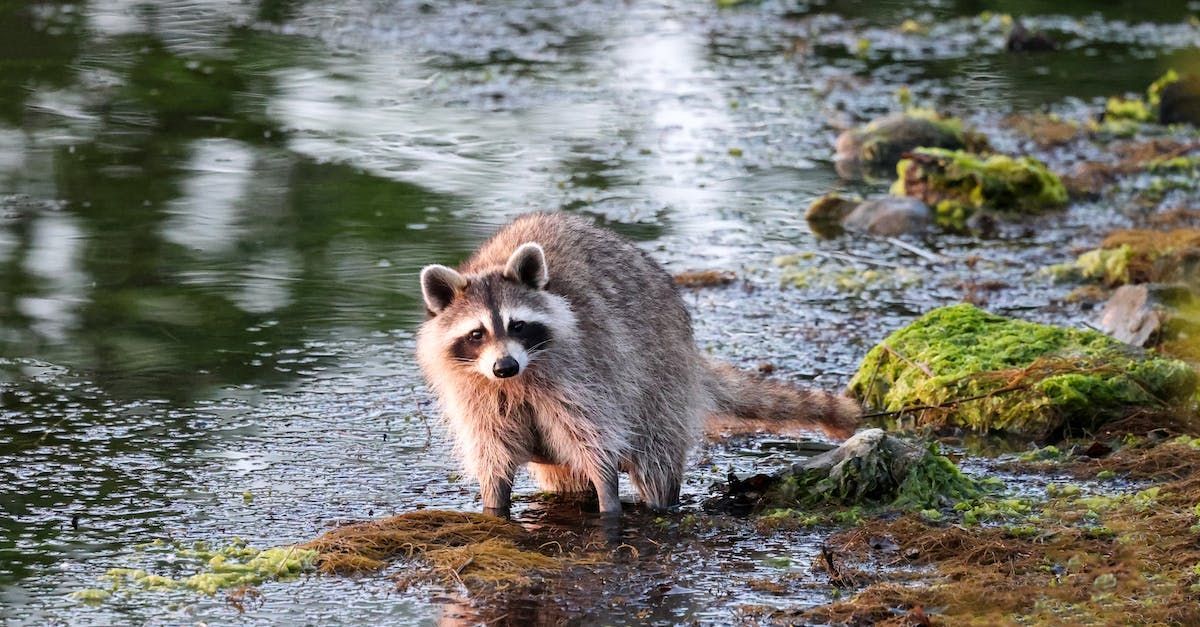
Also know as "Washing Bears"
Raccoons have an interesting habit of washing their food in water before eating it, which has earned them the nickname "washing bear." Scientists believe they do this to help soften hard food, remove dirt, and pretend they are foraging.

Raccoon Babies are Super Cute!
Baby raccoons, also known as kits, are adorable and playful. They are born in litters of two to five, with very light-colored fur and masks without tail rings. Raccoons start life blind and deaf, with their eyes opening at about 21 days.
- Six Weeks Old: They can walk, run, and climb well.
- Seven Week Old: They will play fight and growl, squeal, bite, and wrestle with their siblings.
- Eight to Nine Weeks: They begin eating solid foods in the wild and traveling with their mother.
- Four Months Old: They will remain independent but stay with their family.
Raccoons outside the family will let mothers with babies eat first. Kits will stay with the mother until they are about one year old.
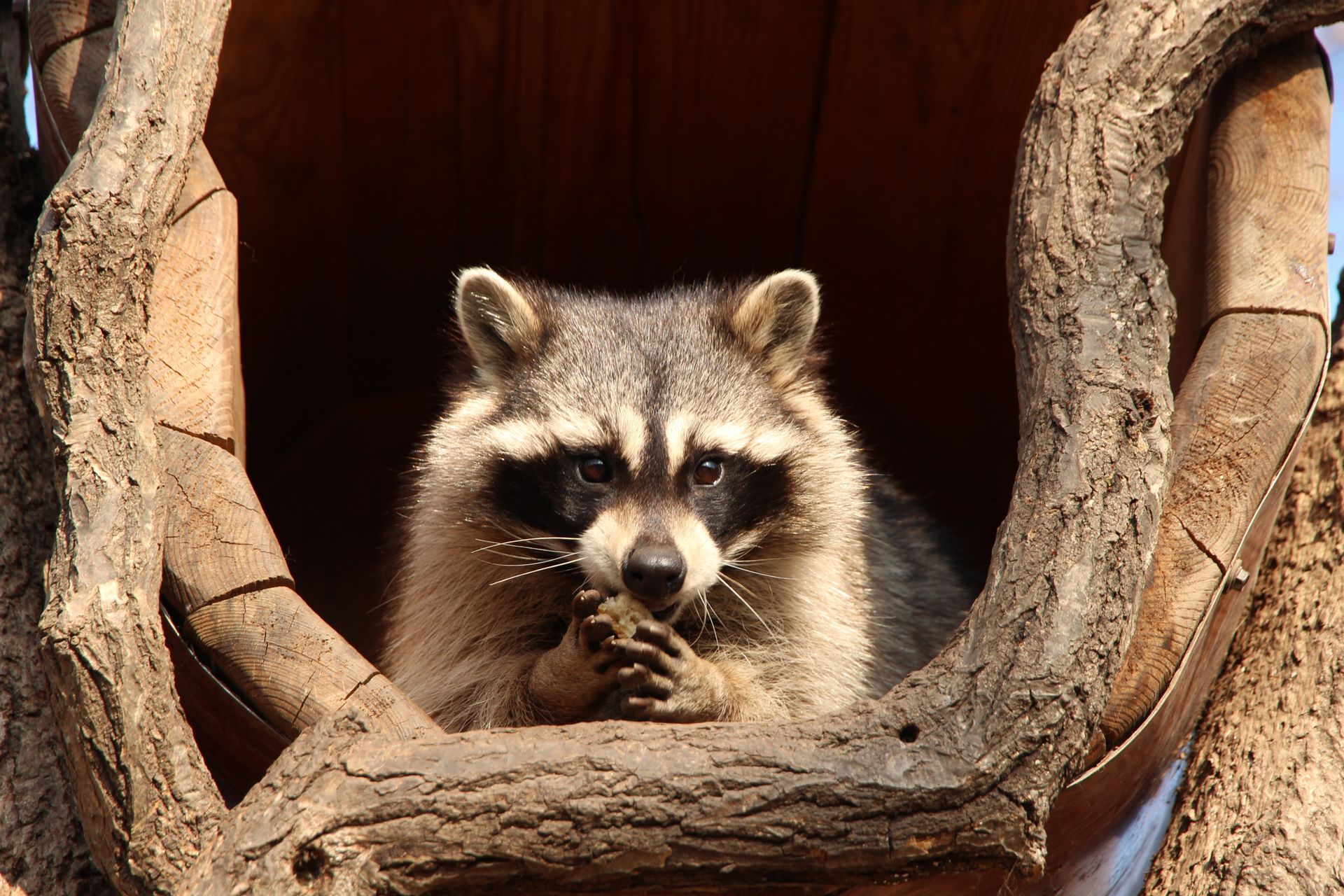
What do Raccoons Love to Eat?
Raccoons are omnivores, meaning they eat many kinds of food. They love fruits, vegetables, and meat. They are not picky and eat small animals, insects, and even garbage! Whether munching on berries or raiding a trash can, these creatures know how to find a meal. Raccoons are clever hunters and mostly eat at night. They use lightning-quick paws to grab crayfish, frogs, and other water creatures. On land, they pluck mice and insects from their hiding places and raid nests for tasty eggs. Love to search for their food at night.

Where do Raccoons Live?
Raccoons are known for their ability to live in many different places. They prefer to be near water in wooded areas with dens in trees. Still, they may also use woodchuck burrows, caves, mines, deserted buildings, barns, garages, rain sewers, or houses. They easily live near humans and may even choose your yard to have their babies.

Raccoons in Your Backyard
It is common to find raccoons in your backyard. They visit to find food, a place to live, and to create a den for their babies.
If you find one living beneath a deck or shed between January and September, it is important to always assume that she is a mother with babies. Be careful and keep your distance. A raccoon mother will attack to protect their babies if they feel threatened.
If you forcibly try to get rid of a mother raccoon, you risk her leaving or separating from her babies. The babies can not survive without their mothers.
Tips for Coexistence:
- If you encounter baby raccoons, observe them from afar and avoid them. This will respect their space while enjoying their help with the ecosystem.
- Lower the risk of problems by securing trash cans and pet food.
- Never attempt to forcibly remove raccoon families because doing so may lead to injury or disease transmission. Mother raccoons will fiercely defend their babies.
- If you find babies alone and you suspect that they're orphans, put them in a cardboard box where you found them so they can't escape and the mother can grab them. If, in one day, the mother doesn't come to claim the babies, it is usually safe to assume she's not coming. Contact a wildlife rescuer for advice.
I found this article very helpful about raccoons living in your yard: Toronto Wildlife Center
Article Sources:
National Geographic Kids - Raccoons: https://kids.nationalgeographic.com/animals/mammals/raccoon/
Smithsonian's National Zoo & Conservation Biology Institute - Raccoon Facts: https://nationalzoo.si.edu/animals/raccoon
Defenders of Wildlife - Raccoons: https://defenders.org/raccoon/basic-facts
Animal Diversity Web - Procyon lotor (Raccoon): https://animaldiversity.org/accounts/Procyon_lotor/
World Wildlife Fund - Raccoons: https://www.worldwildlife.org/species/raccoon
Toronto Wildlife Centre - https://www.torontowildlifecentre.com/wildlife-emergency-rescue-hotline/conflicts-with-wildlife/common-raccoon-problems/raccoons-living-under-deck-or-shed/
Raccoon-Themed Activities (Ages 3+)

